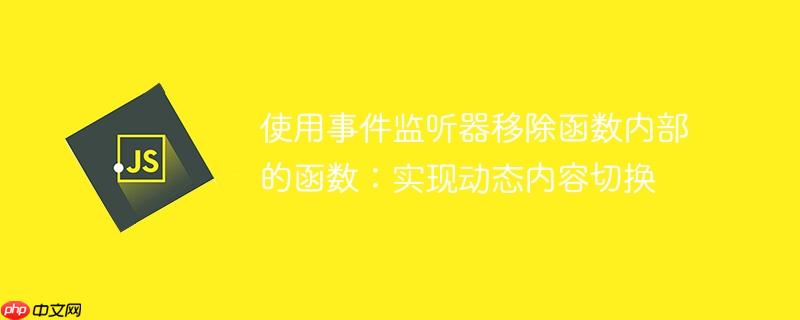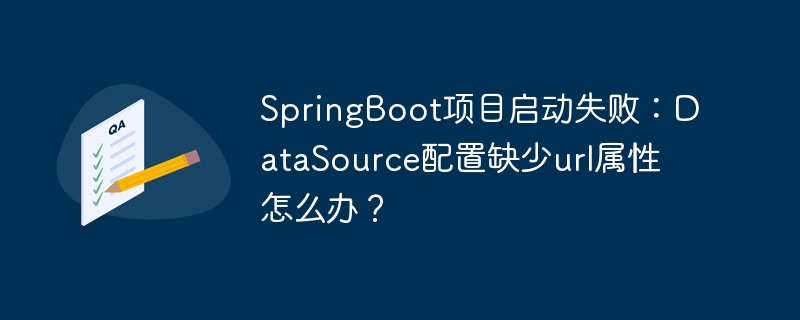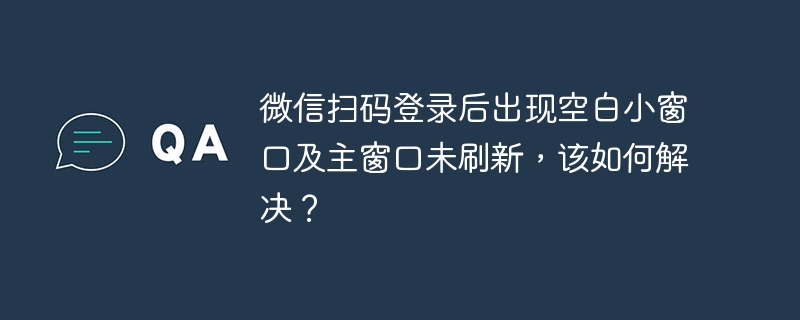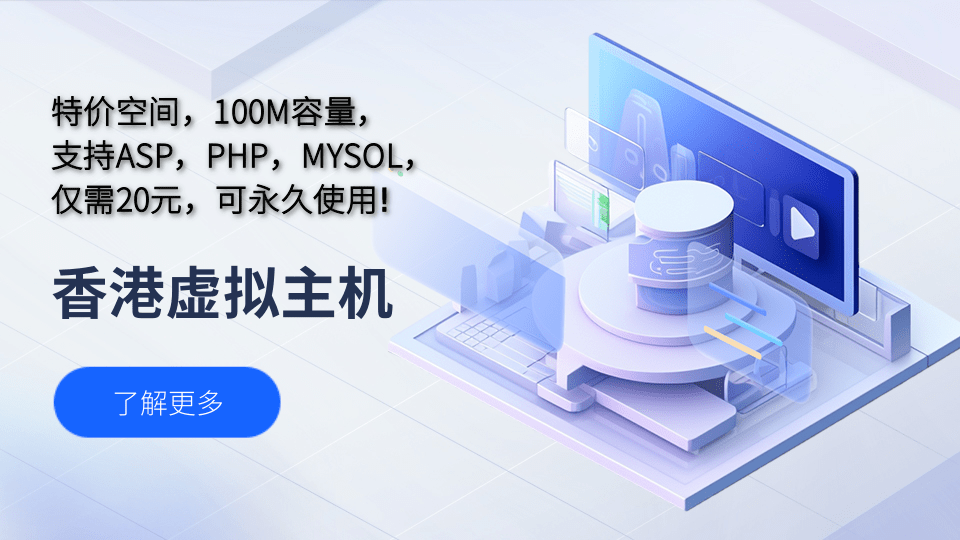
本文探讨了使用事件监听器实现动态内容切换的方案,重点介绍了如何通过条件渲染和清除页面的方式,根据用户的点击事件来动态地显示不同的内容模块。文章提供了一种高层次的解决方案,并强调了具体实现需要根据实际情况进行调整。
在Web开发中,动态内容切换是一个常见的需求,例如在单页应用(SPA)中,我们需要根据用户的点击在不同的页面内容之间进行切换,而无需重新加载整个页面。一个常见的场景是实现标签页切换(Tab switching),当用户点击不同的标签时,页面上显示对应的内容。本文将介绍一种基于事件监听器和条件渲染的实现方法。
基本思路:条件渲染与页面清除
核心思路是将不同的内容模块(例如“首页”、“关于”、“联系方式”)分别封装成独立的函数,每个函数负责渲染该模块所需的html元素。然后,通过事件监听器监听用户的点击事件,根据用户点击的标签,决定调用哪个函数来渲染内容。
为了避免不同模块的内容互相干扰,每次切换内容之前,需要先清除页面上已有的内容。因此,我们需要一个clearPage函数,负责删除当前页面上的所有元素,为新的内容渲染做好准备。
实现步骤
-
定义内容渲染函数: 为每个内容模块(例如“首页”、“关于”、“联系方式”)创建一个独立的函数。每个函数负责创建并渲染该模块所需的html元素,并将其添加到页面的指定容器中。
function renderHome() { // 创建首页的HTML元素 const homeElement = document.createElement('div'); homeElement.textContent = '这是首页内容'; // 将元素添加到页面容器 const container = document.getElementById('content-container'); container.appendChild(homeElement); } function renderAbout() { // 创建关于页面的HTML元素 const aboutElement = document.createElement('div'); aboutElement.textContent = '这是关于页面内容'; // 将元素添加到页面容器 const container = document.getElementById('content-container'); container.appendChild(aboutElement); } function renderContact() { // 创建联系方式页面的HTML元素 const contactElement = document.createElement('div'); contactElement.textContent = '这是联系方式页面内容'; // 将元素添加到页面容器 const container = document.getElementById('content-container'); container.appendChild(contactElement); } -
创建页面清除函数: 创建一个clearPage函数,用于删除页面容器中的所有子元素。
function clearPage() { const container = document.getElementById('content-container'); while (container.firstChild) { container.removeChild(container.firstChild); } } -
添加事件监听器: 为每个标签页(例如“首页”、“关于”、“联系方式”)添加事件监听器,监听用户的点击事件。当用户点击某个标签页时,先调用clearPage函数清除页面内容,然后调用对应的渲染函数渲染新的内容。
const homeTab = document.getElementById('home-tab'); const aboutTab = document.getElementById('about-tab'); const contactTab = document.getElementById('contact-tab'); homeTab.addEventListener('click', () => { clearPage(); renderHome(); }); aboutTab.addEventListener('click', () => { clearPage(); renderAbout(); }); contactTab.addEventListener('click', () => { clearPage(); renderContact(); }); -
初始化页面: 在页面加载时,默认渲染“首页”内容。
window.onload = () => { renderHome(); };
示例代码(完整):
<!DOCTYPE html> <html> <head> <title>动态内容切换</title> </head> <body> <div id="header"> <button id="home-tab">首页</button> <button id="about-tab">关于</button> <button id="contact-tab">联系方式</button> </div> <div id="content-container"> <!-- 内容将在这里动态渲染 --> </div> <script> function renderHome() { const homeElement = document.createElement('div'); homeElement.textContent = '这是首页内容'; const container = document.getElementById('content-container'); container.appendChild(homeElement); } function renderAbout() { const aboutElement = document.createElement('div'); aboutElement.textContent = '这是关于页面内容'; const container = document.getElementById('content-container'); container.appendChild(aboutElement); } function renderContact() { const contactElement = document.createElement('div'); contactElement.textContent = '这是联系方式页面内容'; const container = document.getElementById('content-container'); container.appendChild(contactElement); } function clearPage() { const container = document.getElementById('content-container'); while (container.firstChild) { container.removeChild(container.firstChild); } } const homeTab = document.getElementById('home-tab'); const aboutTab = document.getElementById('about-tab'); const contactTab = document.getElementById('contact-tab'); homeTab.addEventListener('click', () => { clearPage(); renderHome(); }); aboutTab.addEventListener('click', () => { clearPage(); renderAbout(); }); contactTab.addEventListener('click', () => { clearPage(); renderContact(); }); window.onload = () => { renderHome(); }; </script> </body> </html>
注意事项与总结
- 性能优化: 对于更复杂的应用,频繁的dom操作可能会影响性能。可以考虑使用虚拟DOM等技术来优化渲染过程。
- 状态管理: 如果应用需要管理更复杂的状态,可以考虑使用状态管理库,如redux或vuex。
- 代码组织: 将代码模块化,可以提高代码的可维护性和可读性。
- 错误处理: 添加适当的错误处理机制,可以提高应用的健壮性。
总而言之,通过条件渲染和页面清除的方式,结合事件监听器,我们可以实现简单而有效的动态内容切换。 这种方法简单易懂,适用于小型项目或快速原型开发。 对于更复杂的应用,需要根据实际情况选择更合适的方案。



















